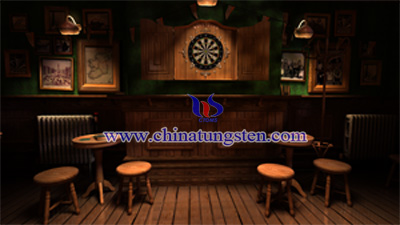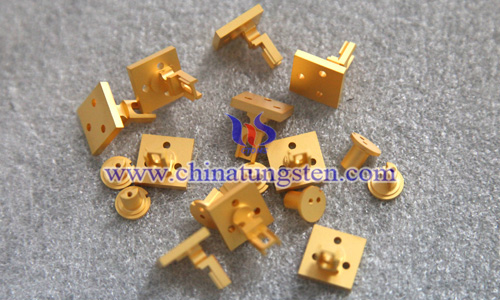Darts History – 1900’s Ⅰ
- Details
- Category: Tungsten Information
- Published on Thursday, 06 August 2015 17:02
- Hits: 329
The first paper folded dart flight was patented in 1898 by an American and in 1906 an Englishman patented the first metal barrel.
Much is also speculated about the distance from where the darts were thrown, commonly known as the “oche”. (“oche” is pronounced the same as “hockey without the “H”). Other words for "the oche" is the “Throw line” or “Toe Line”. The throwing line is a line that a dart player stands behind when throwing his or her darts.
Two theories exist about the origins of the term “oche”.
The first theory is that the word “oche” had its origin from a brewery in the West Country of England called “Hockey and Sons” or “S.Hockey and Sons”. The original throwing distance for darts was 9 feet. It is said that “Hockey & Sons” delivered bottled beer to pubs which came in wooden crates that were exactly 3 feet long. One English pub owner then made the 9 feet rule by placing three “Hockey & Sons” beer crates (3 x 3 feet) as a distance marker. Many people also believed this is how the phrase “toeing the hockey” came about, which added more validity to this theory.
Sadly it seems this theory is completely untrue, because no record exists anywhere when researching the history of darts in Britain about a brewery called ‘S. Hockey & Sons’ or ‘Hockey & Sons’ for that matter. This was apparently confirmed by the Brewery History Society in the early 1990’s as explained on the website of the darts historian Patrick Chaplin.
The second theory about the origin of the word “oche” also considers “oche” to be derived from the word “hockey”, but from a total different source. An English newspaper, News of the World, sponsored darts competitions in the 1920’s. They used the word “hockey” for the throwing line in their “tournament rules”.
The word “hockey” was derived from an old English word “hocken” which meant “to spit”. It is said that spitting competitions were held in public bars of English public houses, and that the “hockey line” was determined by the distance that a player, standing with his back to the dartboard, could spit from the dartboard
Talking of public houses. In the early 1900’s, legislation prohibited "games of chance" in public houses, and the game of darts was considered to fall in this category.
In 1908, a pub owner from Leeds, Yorkshire, by the name of Foot Anakin was taken to court for allowing people to play darts in his establishment. He decided to challenge this ruling, and offered to prove that darts was not a "game of chance", but a “game of skill”. A dartboard was set up in court and Foot Anakin proved his skill by throwing 3 darts in the number 20. He then challenged any court official to do the same. One of the court clerks decided to take up the challenge and failed. The judge then ruled that darts was in fact a "game of skill" and dismissed the case. This ruling boosted the game even more, which led to more competitions in public houses.
The National Darts Association (NDA) was founded in London during 1924, just as darts became more popular and more recognized as a sport. The NDA standardized the sport and introduced rules and regulations.

Tungsten Dart Manufacturer & Supplier: Chinatungsten Online - http://www.chinadart.com/
Tel.: 86 592 5129696; Fax: 86 592 5129797
Email: sales@chinatungsten.com
Tungsten & Molybdenum Information Bank: http://i.chinatungsten.com
Tungsten News & Tungsten Prices, 3G Version: http://3g.chinatungsten.com
Molybdenum News & Molybdenum Price: http://news.molybdenum.com.cn








 sales@chinatungsten.com
sales@chinatungsten.com